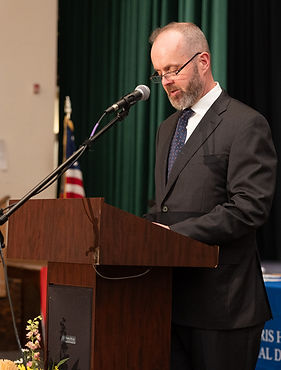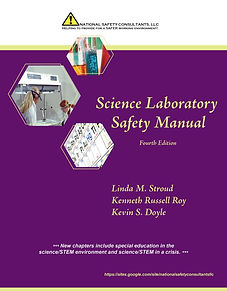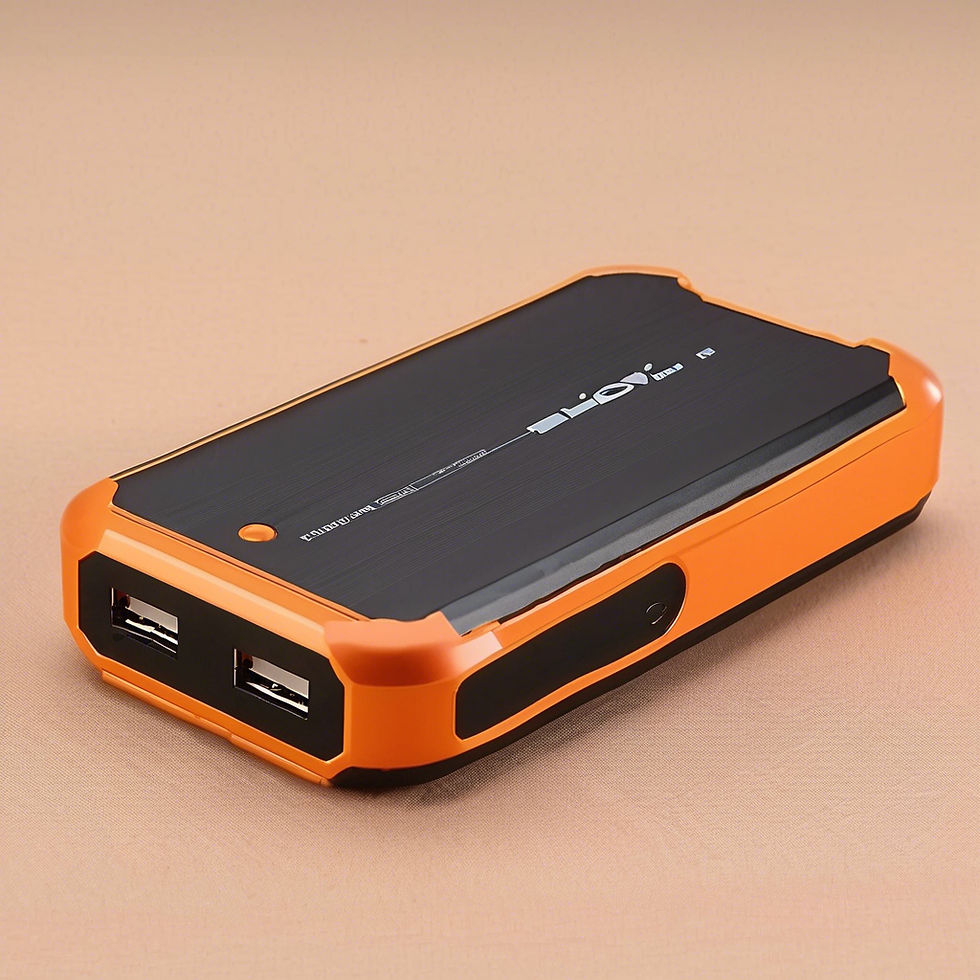Safety Alert!!
November 5, 2025
When the Battery Pack
Becomes the Critical Vulnerability — A Lesson in Safety, Systems & Strategy
On November 4, 2025, Stellantis issued a major recall: over 320,000 plug-in hybrid vehicles—specifically, the Jeep Wrangler 4xe (2020-25) and Jeep Grand Cherokee 4xe (2022-26) models—were found to have high-voltage battery packs that may fail in a way that could cause fire.
This recall isn’t just about cars. It’s a wake-up call for any organization working with lithium-ion battery systems.
At Kevin Doyle Consulting, we view this as a vantage point to explore three critical dimensions: the technical defect, operational risk response, and the leadership/communication imperative.The Technical Root: Why the Lithium-Ion Battery Was the Weak Link
-
The recall documents show Samsung SDI America supplied the battery packs, and a key defect is “separator damage” in the battery cells: the separator is the thin membrane between the anode and cathode, preventing short circuits. When it fails, thermal events (fires) become possible.
-
What makes this more serious: The defect appears even in vehicles previously recalled and repaired under earlier systems, showing that the first fix (a software update) did not fully mitigate the failure mode.
-
The recall instructions require owners to “not charge the battery” and to “park outside away from structures,” as the risk is higher when the battery is fully charged.
Takeaway for organizations: It emphasizes how a component often taken for granted (the battery cell separator) becomes a single point of failure with systemic implications. Risk management must identify such latent vulnerabilities early—even in “commodity” parts.
2. Operational & Risk Management Implications
-
Recall readiness: The fact that this defect persisted after an initial remedy shows that the “fix and forget” mindset is dangerous. Systems must include robust validation and follow-through for remedial actions.
-
Communications & stakeholder management: Owners are immediately told to take protective actions (park outside, stop charging) before a solution is available. This situation requires clear, consistent messaging and transparency.
-
Safety culture: The instruction to park away from structures underscores how safety decisions extend beyond the device or vehicle—they impact property, people, and infrastructure. Cross-functional coordination (engineering, customer service, legal, communications) is required.
-
Are our first responders trained to respond to Li-ion failures with the appropriate PPE?
Consulting lens: For manufacturers, service networks, fleet managers, or safety professionals, this recall is a case study in how a design/manufacturing flaw becomes a business risk—and how operational planning, supply chain oversight, and communication strategy must all interlock.
3. Leadership & Strategic Response
As a leader, whether you oversee product safety, facilities, manufacturing, or service operations, here are questions to ask:
-
Have we audited our systems for “hidden failure modes” (like separators, connectors, interfaces) rather than just the headline components?
-
Do we have escalation triggers in place when early incident reports (even a small number) suggest a growing trend?
-
Is our communication chain ready for rapid owner/end-user notification, interim safeguards, and full remedy rollout?
-
Are we prepared for the reputational dimension—not just the technical fix, but how the market, regulators, and customers will view our response?
This is what distinguishes an organization that simply “reacts to recall” versus one that masterfully manages risk, preserves brand trust, and accelerates corrective action.
Conclusion
The Jeep recall is more than an automotive story. It’s a high-voltage alert for any system in which safety, complex components, regulatory risk, and public communication converge. At Kevin Doyle Consulting, we’re helping clients build the frameworks for anticipation, resilience, and clear communication when the stakes are real—which they are today.
If your team works with hybrid/electric systems or Li-Ion Batteries, let’s connect and make sure you are set to lead.
#WWKDD #KevinDoyleConsulting #LiIonSafety #BatteryRiskManagement #ProductRecall #SafetyLeadership #BatterySafety
Protect your people. Protect your property. Stay informed.
📩 For custom battery safety training or consulting, contact us today.
Safety Post
Do You Know What to Do When a
Li-ion Battery Fails?
Li-ion batteries are everywhere — powering your smartphones, smartwatches, laptops, and more. They are essential to our daily lives, but with their widespread use comes an important question:
-
Do you know what to do if a Li-ion battery fails?
-
Are you taking the necessary precautions to prevent a failure in the first place?
If you answered "no" to either question, it’s time to learn the essential steps before using any Li-ion-powered device.
How to Prevent Li-ion Battery Failures
The best defense against a battery incident is prevention. Always:
-
Read and follow the manufacturer's recommendations and guidelines.
-
Use only approved chargers and devices.
-
Avoid exposing batteries to extreme temperatures.
-
Inspect devices regularly for signs of wear or damage.
Warning Signs of a Li-ion Battery Failure
Be alert for these common warning signs:
-
Overheating
-
Expansion or swelling
-
Odd noises (popping, hissing)
-
Unusual odors (burning or chemical smells)
-
Changes in color or shape
-
Leaking fluids
If you notice any of these, take action immediately.
What to Do If a Battery Shows Warning Signs
-
Evacuate the room calmly and quickly.
-
Communicate with the administration or building management to contact a trained expert.
-
Do NOT attempt to move or handle the device on your own.
What to Do If the Battery Smokes or Catches Fire
If you see smoke, fire, or hear a device actively venting:
-
Exit the room immediately.
-
Pull the fire alarm.
-
Do NOT attempt to extinguish the fire yourself.
Li-ion battery fires are highly volatile and can reignite or explode.
Looking for Li-ion battery safety training for your team?
Contact Kevin Doyle Consulting for expert training and customized safety programs designed to keep your organization safe and compliant.
Upcoming Schedule
Kevin Doyle, Ed. D.

February 23, 2026: NSTA - Elementary Teacher Safety (Zoom)
March 9, 2026: NSTA - Secondary Pre-Service Teacher Safety (Zoom)
Contact us at (973)876-5995 or kevin@kevindoyleconsulting.org to book your Safety presentation today




News & Notes
Kevin Doyle, founder of Kevin Doyle Consulting, has been elected to the National Science Teaching Association (NSTA) Leadership Council as the Coordination and Supervision Committee Leader.
This role reflects Kevin’s ongoing commitment to advancing high-quality science education and supporting instructional leadership at the national level. Through this position, he will collaborate with educators and leaders from across the country to strengthen supervision, coordination, and professional development efforts in science teaching.
Kevin is honored to serve the NSTA community in this capacity and looks forward to continuing his mission of promoting safe, effective, and innovative science education practices for all.
Services
 Contact for pricing
Contact for pricing Contact for pricing
Contact for pricing Contact for pricing
Contact for pricing- Contact for pricing
Testimonials
We just had a lithium battery /cell phone situation in our middle school; our facilities manager and I knew exactly what to do, thanks to your training. So I just wanted to say thank you! (NJ K-8 Business Administrator)
Past Safety Presentations
National Science Teaching Association
NJ Science Convention
NJ School Buildings and Grounds Association
NJ Association of School Business Officials

















